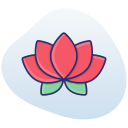Chosen theme: Color Psychology in Meditation Spaces. Explore how carefully selected hues guide breath, attention, and emotion, transforming any corner into a sanctuary that supports your practice, reflection, and gentle daily rituals.
How cool and warm palettes tune arousal
Cool palettes—soft blues, sea greens, misty grays—tend to lower perceived arousal and heart rate, inviting slower breaths and longer exhales. Warmer notes can energize intention. Choose based on your goal: grounding, focus, or gentle uplift.
Meaning across cultures and why intention matters
Blue may suggest serenity in Western contexts yet devotion in others; white can signal purity or mourning. Your personal history ultimately decides. Name your intention, then let color reinforce that story every time you sit to practice.
Micro-experiment: a 10-minute color swap
Drape a sky-blue scarf over a chair, set a ten-minute timer, and notice breath texture and mind wandering. Tomorrow, try soft sage. Journal differences in ease, attention, and mood. Share findings with us to inspire fellow readers.
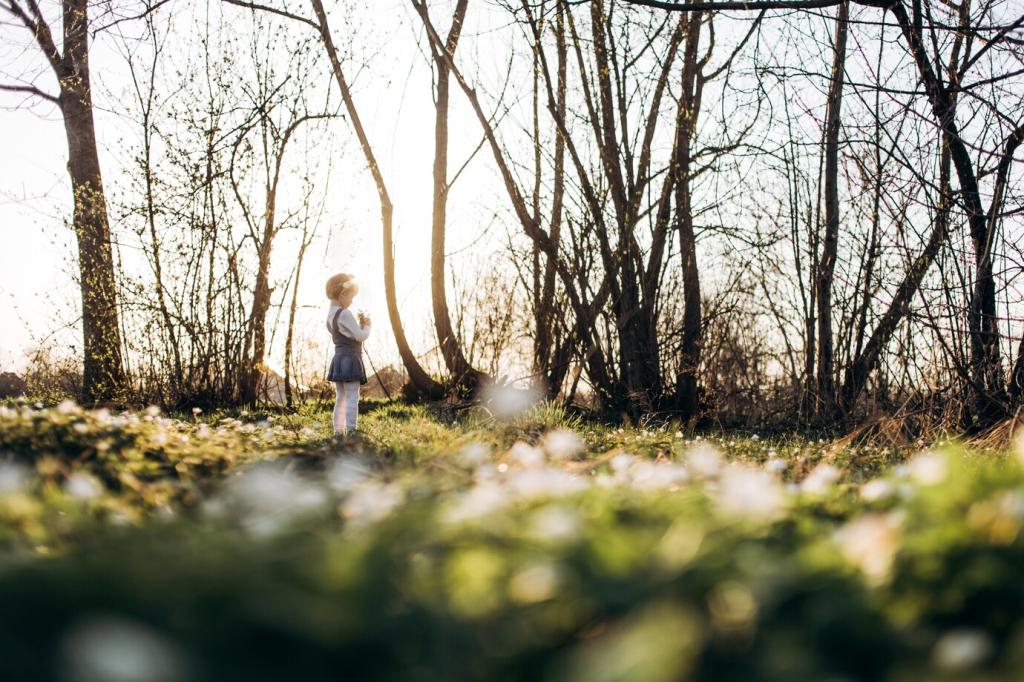
Blues and Greens: The Restorative Core Palette
Pale blue opens mental space; mid-blue steadies attention; deep navy contains distractions like a night sky. Avoid electric, saturated blues near eye level. Think watercolor, not billboard—subtlety keeps awareness soft and receptive.
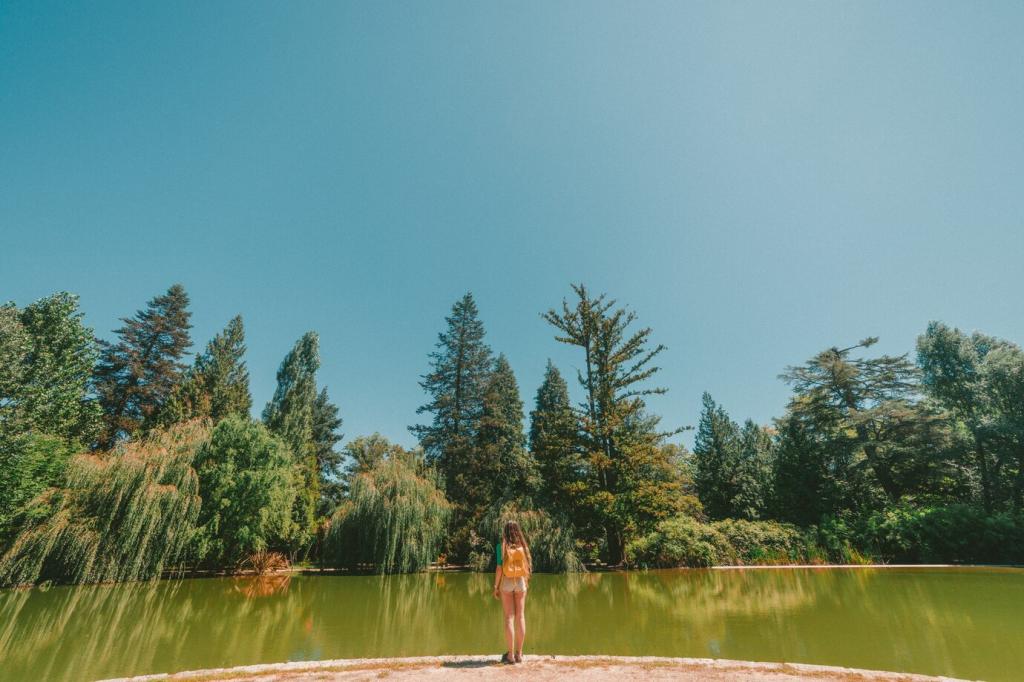
Neutrals, Whites, and the Power of Soft Contrast
North-facing rooms often prefer warmer whites with cream or linen undertones, while bright southern light handles cooler, airy whites. Consider bulb temperature, between 2700K and 3000K, to keep surfaces calm rather than clinical or stark.
Neutrals, Whites, and the Power of Soft Contrast
Mushroom, sand, and soft greige support steady focus, pairing beautifully with wood and stone. They invite depth without visual demand. Use them on larger surfaces, letting quieter blues and greens softly lead the meditative mood.
Accent Colors Without Overstimulation
A terracotta bowl, ochre cushion piping, or a small umber clay piece can anchor the space like soil underfoot. Keep accents below eye level and in natural materials to prevent visual noise during inward-focused moments.
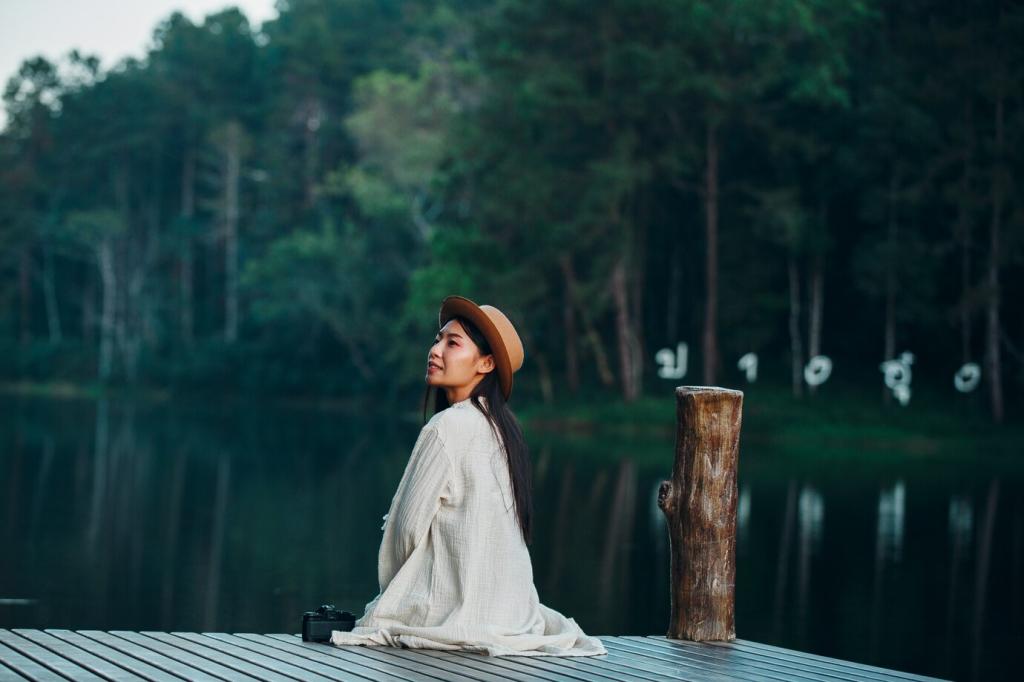
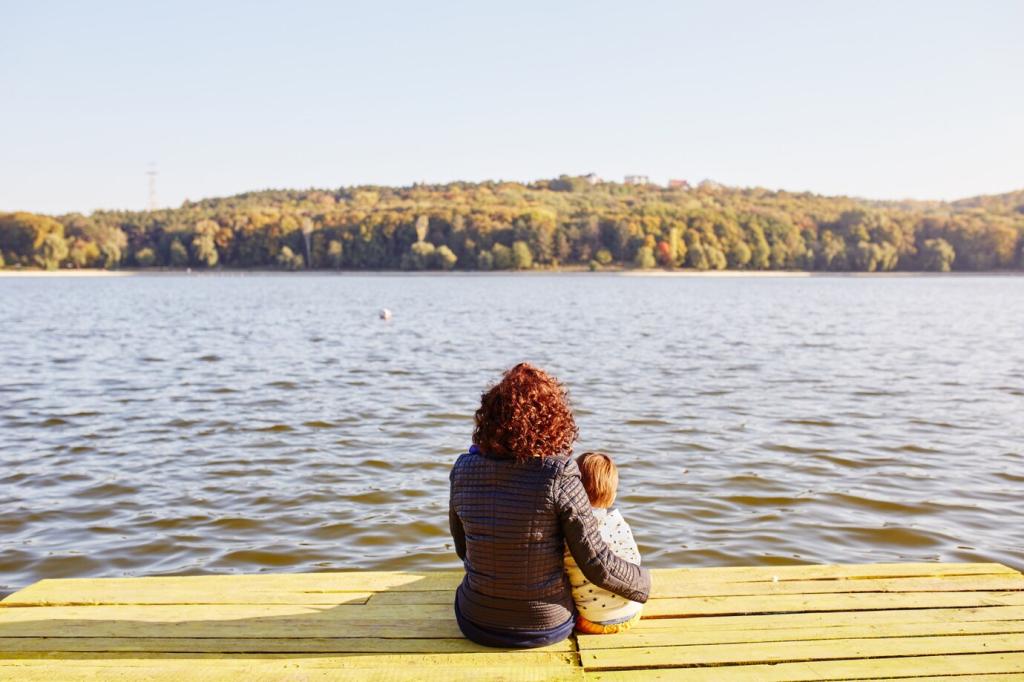
Accent Colors Without Overstimulation
Instead of vivid red, consider blush or dusty rose for compassion practices. These hues offer warmth without agitation, supporting loving-kindness meditations. One folded throw or candle holder is often enough to shift the emotional temperature.
Light, Materials, and Color Temperature
Natural light shifts from cool to warm through the day, subtly changing how colors read. Choose dimmable, high-CRI bulbs around 2700–3000K for evenings. Softer light keeps edges gentle, supporting breath-led practices and non-striving attention.
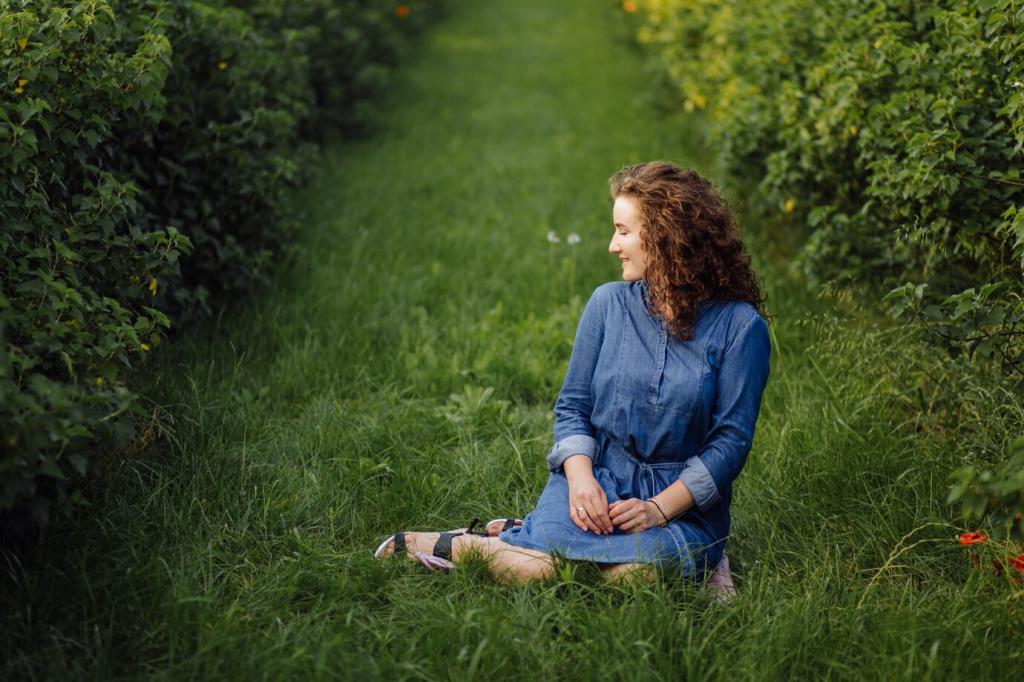

Light, Materials, and Color Temperature
Wood, stone, rattan, and linen ground the palette. Their inherent hues—honeyed oak, pale ash, weathered slate—stabilize shifting light. When color rides on honest materials, it feels trustworthy, helping the mind let go and settle faster.
Personalizing Your Palette: Mood Tracking and Evolution
Color-mood journal for meditation
After each sit, note the dominant hues, light quality, emotional tone, and any body sensations. Patterns emerge within weeks. Use insights to fine-tune walls, textiles, and accents, ensuring color actively participates in your growth.
Ritual objects and mindful storage in color
Choose a cushion, shawl, or mala whose color echoes your intention, then store gear in a fabric tone that recedes. Minimal, color-harmonized storage reduces cognitive load, so your mind meets fewer decisions on the path to stillness.
Share and grow with community
Post before-and-after photos, palette lists, and reflections on what changed in your sessions. Ask questions, exchange swatches, and request feedback. Subscribe for monthly color challenges that keep your meditation space alive, supportive, and fresh.
